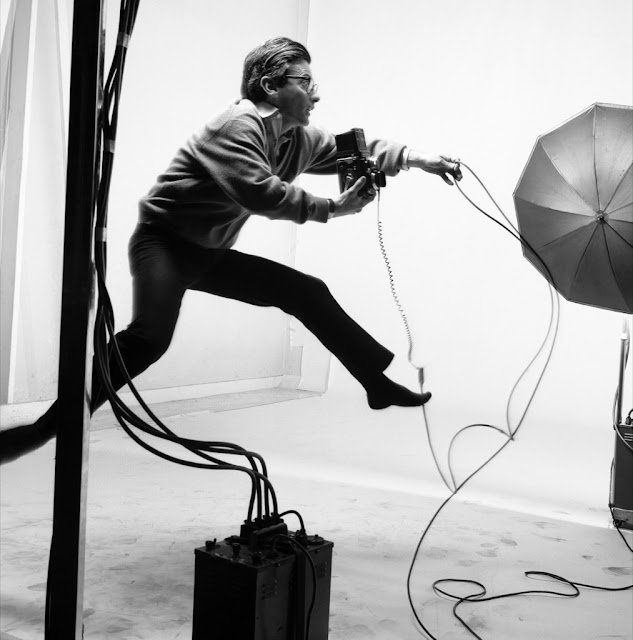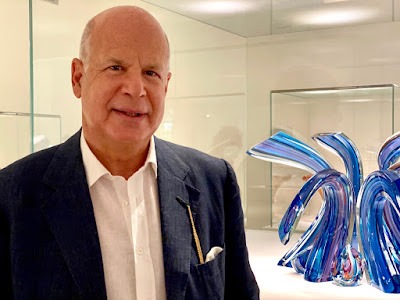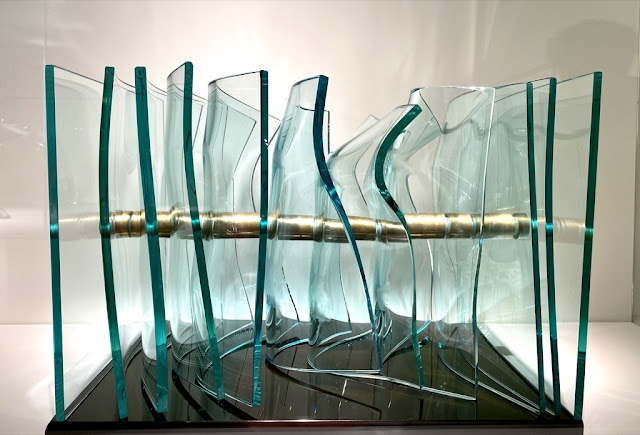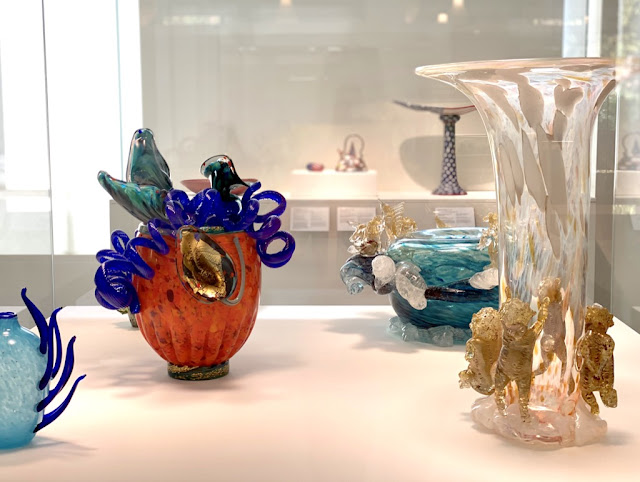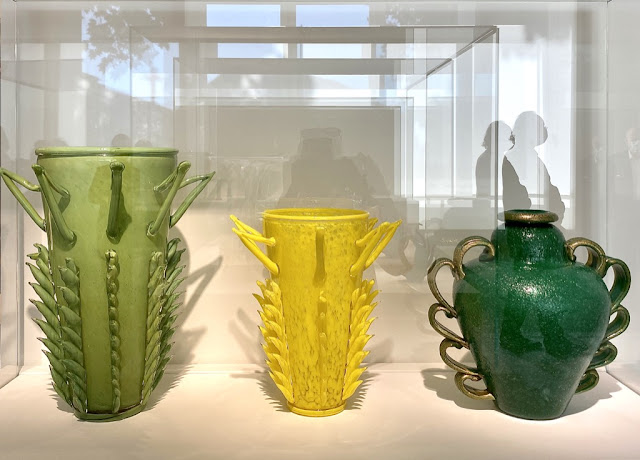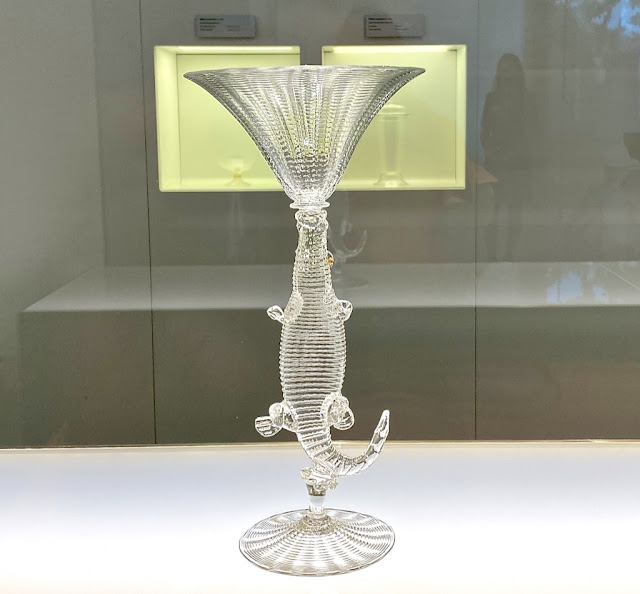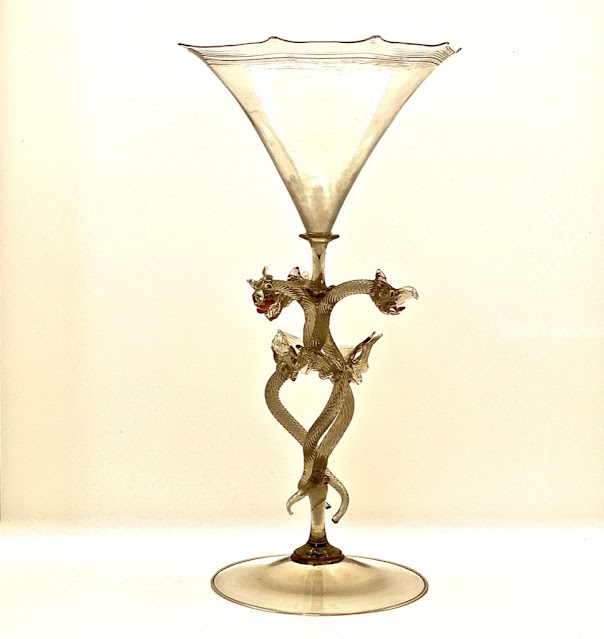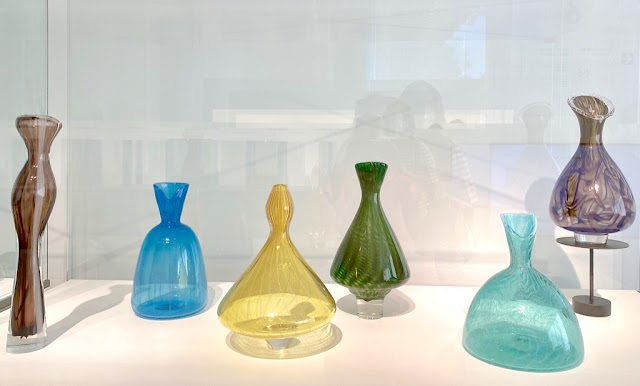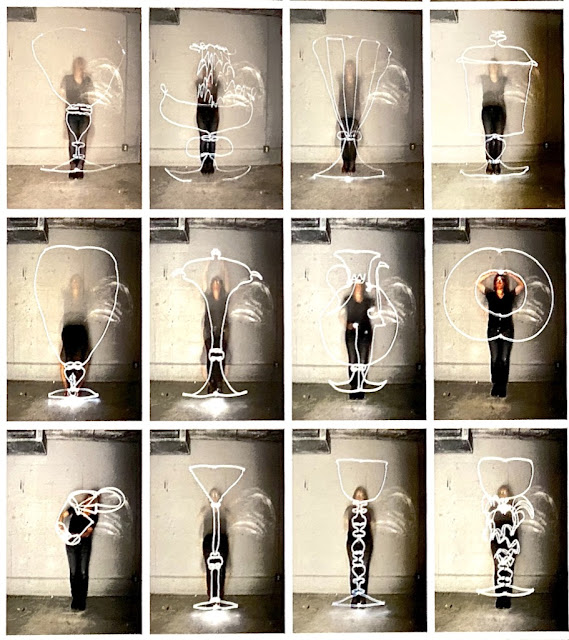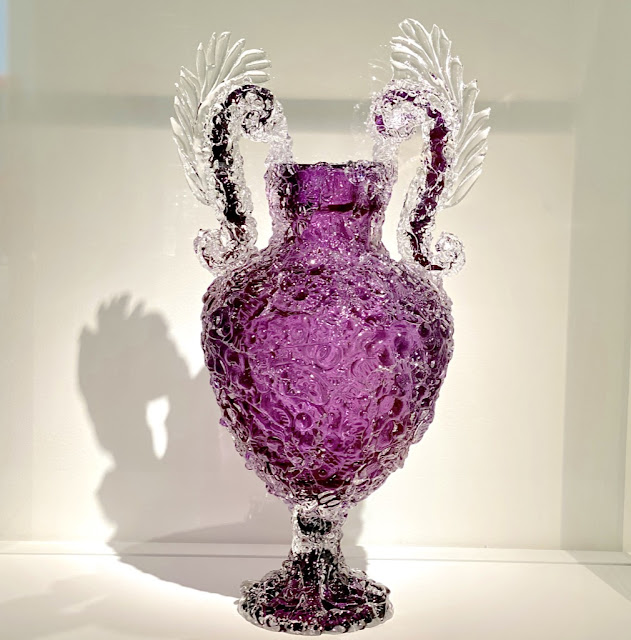“Lartigue’s
‘part of the world’ is the rich and bourgeois one of a Paris of the nouveau siecle,
even when Europe was to be traversed by the horrors of two world wars, Lartigue
was to continue to preserve the purity of his photographic microcosm, fixing on
film only what he wants to remember, to conserve. To stop time in order to save
the instant from its inevitable passage. For Lartigue photography becomes the
means to exhume life, to relive happy moments, again and again.”
Denis Curti
La Casa dei Tre Oci
Jacques Henri Lartigue – The Invention of Happiness
Photographs
The Invention of Happiness - until January 10 - is the most extensive retrospective organised in Italy devoted to French photographer Jacques Henri Lartigue - 1894-1986 - curated by Marion Perceval and Charles-Antoine Revol, respectively director and project manager of the Donation Jacques Henri Lartigue, and Denis Curti, artistic director of La Casa dei Tre Oci. The exhibition presents 120 images, 55 of which previously unknown, all coming from Lartigue’s personal photograph albums. Added to these are archive materials, books, magazines from the period, a diorama with pages from the albums, stereoscopes with images representing snowy landscapes and elegant Parisian settings. These documents look back over his whole career, from its beginnings in the early 20th century until the 1980s, reconstructing the story of this photographer and his rediscovery.
Bichonnade also jumps for my snapshots…. Paris 1905
http://treoci.org/en/exhibitions/ongoing/454-jacques-henri-lartigue-1
Marie Lartigue – Portrait of Jacques Henri Lartigue – Paris 1904
The collection of cars in Jacques Henri Lartigue’s room – Paris 1903
Photograph by Jacques Henri Lartigue © Ministère de la Culture (France), MAP-AAJHL – courtesy La Casa dei Tre Oci
“The images themselves surprised me, in particular because of
their simplicity and the charm of their graphic structure. They seemed – like a good athlete – to
reach the desired result with restraint, elegance and precision. I had the impression of having discovered the
as-yet unpublished early work of Cartier-Bresson’s father – without the son’s
artistic or intellectual sophistication, of course, but with the same gift for
discovering the underlying essence in movement.”
John Szarkowski
1963 was a crucial year when John Szarkowski, recently appointed director of the photography department of the MoMa - Museum of Modern Art in New York, exhibited Lartigue’s works in the museum, enabling him to achieve success when he was close to seventy years old. The display itinerary of The Invention of Happiness is structured around those significant moments of rediscovery of Lartigue’s work, beginning with the exhibition at MoMA, where his first photographs, created in the period prior to the First World War, were presented; this contributed to the establishing of his renown as the enfant prodige of photography.
Anna la Pradvina – also called La Femme aux renards –
Avenue du Bois - Paris 1911
Caroline Roussel – a cousin of Jacques Henri Lartigue and M. Plantevigne Villerville 1906
Photograph by Jacques Henri Lartigue © Ministère de la Culture (France), MAP-AAJHL – courtesy La Casa dei Tre Oci
Inspired by the newspapers and illustrated magazines of this age, Lartigue was interested in the affluent members of the Parisian middle class who would gather at automobile races, at the horseracing competitions at Auteuil, as well as the elegant men and women attending them.
Conte Salm during the final of the World Tennis Championships – Paris June 1914
At the Rocher de la Vierge – Biarritz 1927
During the filming of Les
Avventures du Roi Pausole
Cap d’Antibes 1932
The hands of Florette – Cannes 1942
Monaco Grand Prix – Monte Carlo 1956
Hotel du Cap-Eden-Roc – Cap d’Antibes 1964
Photograph by Jacques Henri Lartigue © Ministère de la Culture (France), MAP-AAJHL – courtesy La Casa dei Tre Oci
Lartigue did what no photographer had done before
and what nobody did subsequently: photograph his own life.”
Richard Avedon
Richard Avedon – New York - 1966
Following the success achieved with the exhibition at MoMa, towards the end of the 1960s, Lartigue encountered Richard Avedon and Hiro, two of the most influential fashion photographers of that time, who immediately began to enthuse about his art. Avedon, in particular, soon asked him to create a work in the form of a “photographic ‘journal”, showing a little more of the material in Lartigue’s archives. Helped by Bea Feitler, then the photo editor at Harper's magazine, in 1970 they published the volume Diary of a Century, which definitively placed his name in the pantheon of greats of 20th-century photography.
Diary
of a Century
Postcard from Lartigue intended for Richard Avedon in thanks for his work for
diary of a century
Jacques Henri Lartigue – The Invention of
Happiness
Photographs
Jacques Henri Lartigue – The Invention of Happiness Photographs exhibition is organised by Civita Tre Venezie and promoted by Fondazione di Venezia, in close collaboration with the Donation Jacques Henri Lartigue in Paris with the patronage of the French Ministry of Culture. Accompanying the exhibition is a bilingual catalogue published by Marsilio Editori, with a presentation by Ferdinando Scianna.
Pin It











